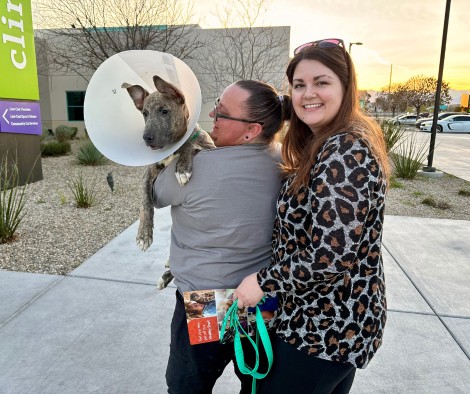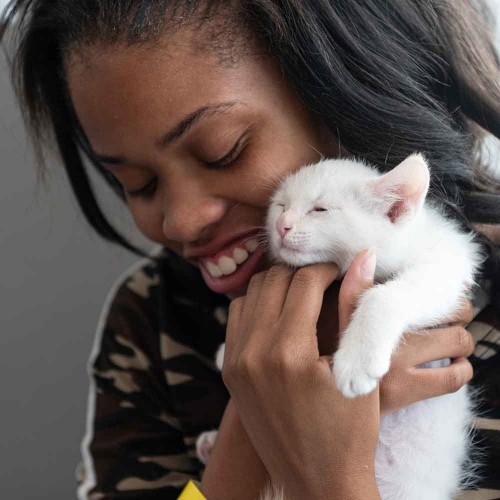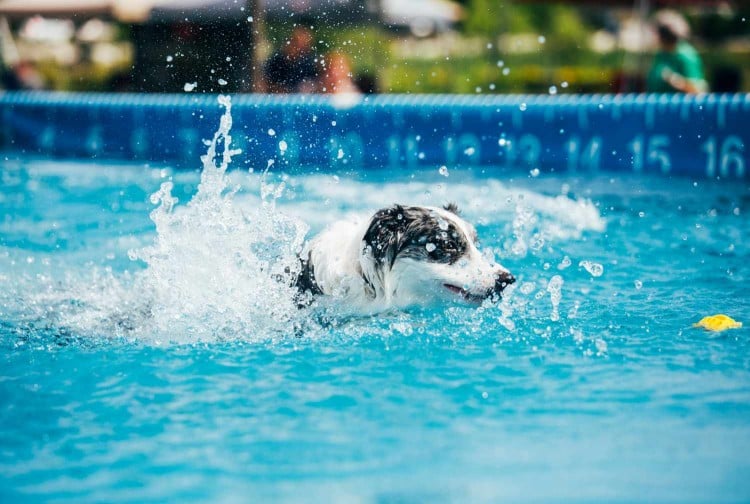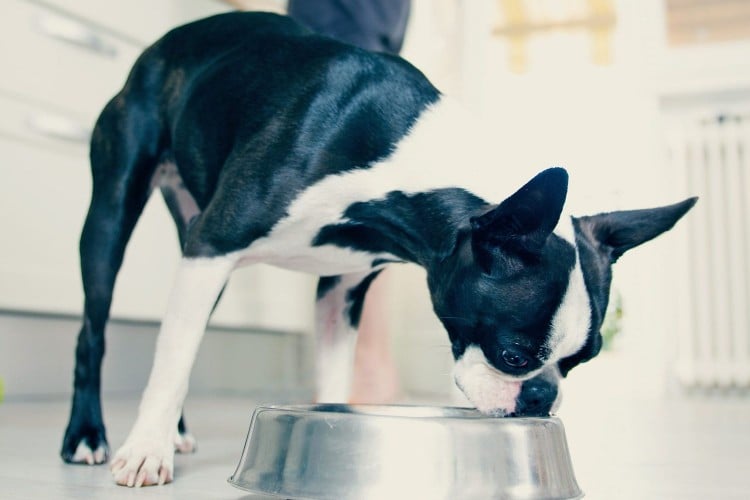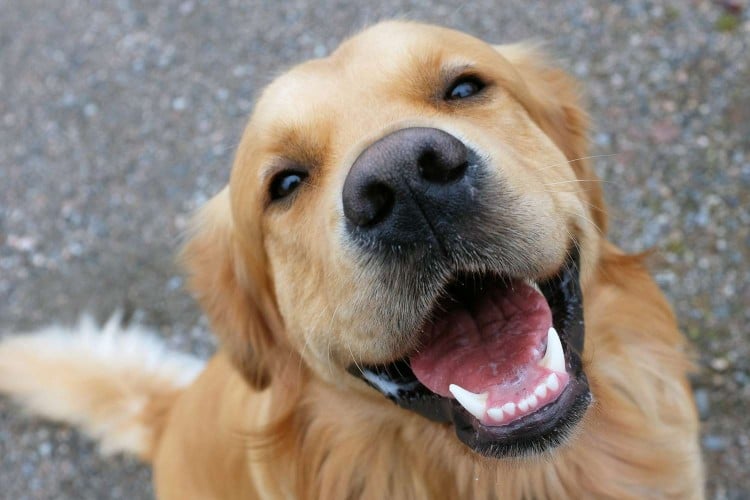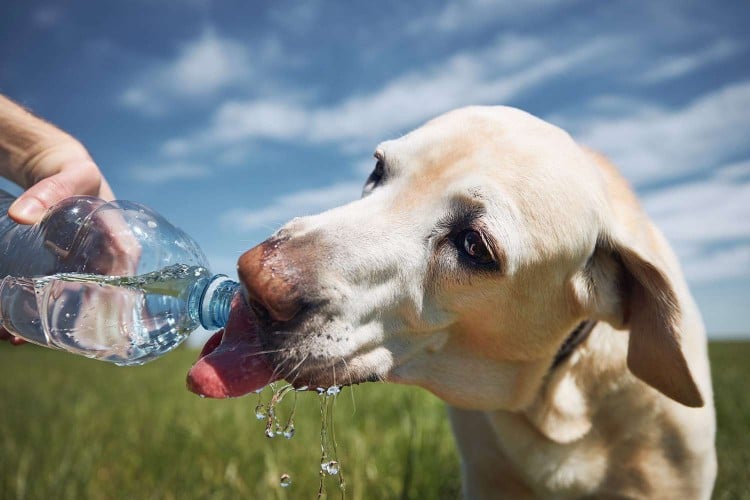
Dogs need water just like people do. Water does a dog's body good by helping with digestion, regulating body temperature, and keeping joints lubricated, among many other functions.
Dogs are experts at self-regulating their water intake to stay well hydrated. However, a dog may drink too little or too much water for various reasons, potentially leading to serious health consequences.
Let's go over how much water most dogs need to drink and what to do if your dog drinks more or less water than usual.
How Much Water Should a Dog Drink a Day?
Various factors can affect an individual dog's water needs. Highly active dogs will need more water than those who prefer to lounge all day. On hot days, dogs need to drink more water to stay hydrated when they're outside. Pregnant or lactating female dogs need more water to meet the nutritional demands of pregnancy and nursing.
Diet also affects water intake. Canned food has a very high moisture count, so dogs that eat canned food may need to drink less water than dogs eating kibble.
If you're wondering how much water your puppy needs, it will depend on your puppy's age, activity level, and size. Puppies being weaned need about ½ cup of water every two hours, while older and fully weaned puppies need about one-half ounce to 1 ounce of water per day per pound of body weight.
Your veterinarian can help you determine how much water your dog needs per day.
How Much Food Does Your Dog Really Need?
What To Do if Your Dog is Drinking a Lot of Water
Your dog may be drinking a lot of water for normal reasons, such as playing outside on a hot day or actively nursing newborn puppies.
However, health conditions, such as Cushing's disease (hyperadrenocorticism), kidney disease, and diabetes can make dogs feel extra thirsty and drink more water than usual. Note that diabetes insipidus is a medical condition that causes dogs to drink excessive amounts of water. This is a different condition from the more common diabetes mellitus (which may also increase thirst).
The medical term for excessive water drinking is polydipsia. Polydipsia often leads to excessive peeing (called polyuria). You'll know if your dog drinks more water than usual if you have to fill up your dog's water bowl more often.
Overhydration is a serious medical concern and can cause vomiting (from drinking water too quickly), lethargy, and bloating. Drinking too much can also upset your dog's electrolyte balance. Don't let your dog drink a large amount while playing with a hose or if swimming and retrieving. Take breaks.
Your veterinarian will perform some tests to determine why your dog is drinking so much water, then develop a treatment plan to get your dog's drinking habits back to normal.
What To Do if Your Dog Won't Drink Water
Potential reasons why a dog may drink less water include pain, illness, old age, and anxiety. Under-drinking puts dogs at risk of dehydration, which may need medical intervention.
Check your dog's hydration status if your dog won't drink water or is drinking less water than usual. Create a tent with the skin behind your dog's shoulders, then let go of the tent. If the skin stays tented, your dog is probably dehydrated. If the tent goes down quickly, your dog is adequately hydrated.
Other signs of dehydration include pale and sticky gums, dry nose and mouth, and sunken eyeballs. If your dog is dehydrated, take them to your veterinarian as soon as possible for diagnosis and treatment.
In addition to treating the underlying cause of your dog's under-drinking, you can entice your dog to drink more water. For example, add flavor to the water with a bit of low-sodium chicken broth. Some dogs even like munching on ice cubes. Water fountains are also a good option for dogs that need extra encouragement to drink more water.
Try using a raised water bowl holder for older dogs. Arthritis in the neck may stop some dogs from drinking as much as they should. Make sure you have multiple water bowls available and that they are easily accessible (so your dog doesn't have to go up or down stairs to drink).
I Tried This Cat Water Bowl Fountain and Will Never Go Back to a Normal Bowl
How Long Can a Dog Go Without Water?
Healthy dogs can go without water for a few days. But as the saying goes, don't try this at home. Dogs should have easy access to plenty of fresh, clean water. Do not withhold water from your dog unless your vet advises it for medical reasons.
Water-Drinking Tips
Here are some tips for maintaining a good water-drinking routine for your dog:
- Closely monitor your dog's water intake. Refill your dog's water bowl at approximately the same time each day and note how much water is left in the bowl (if any).
- Prevent drinking from the toilet bowl. The toilet bowl may look clean, but there can be lots of disease-causing bacteria lurking in the bowl. Keep the toilet lid closed and close the bathroom door.
- Clean your dog's water bowl with soap and water daily to prevent a buildup of debris and bacteria that could make your dog sick (the same applies to washing the food bowl).
Proper hydration is essential to a dog's overall health and well-being. If your dog's drinking habits seem a bit off, schedule an appointment with your veterinarian to figure out why and what you can do to restore your dog's normal water intake.

